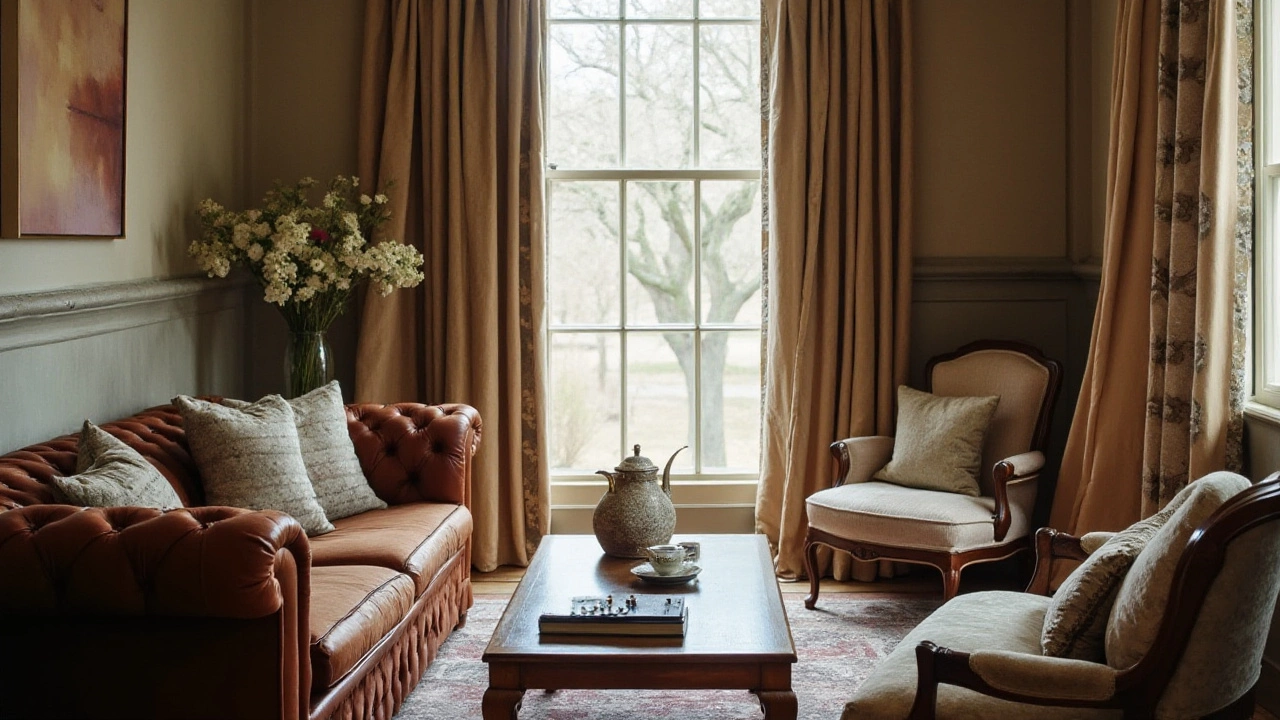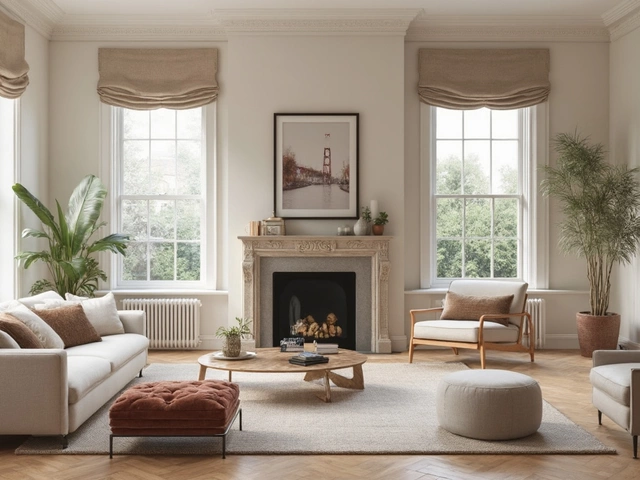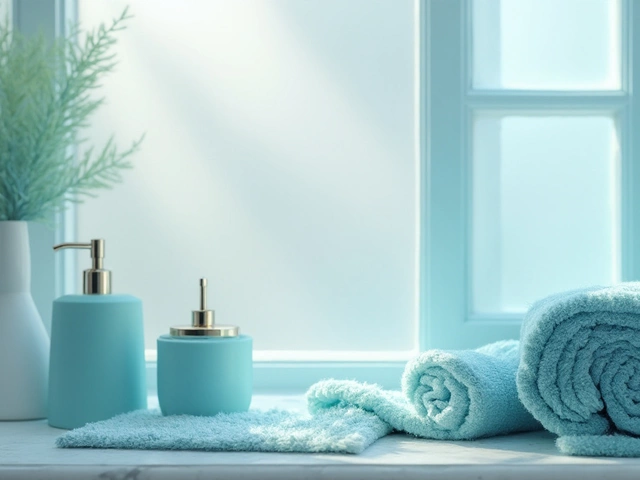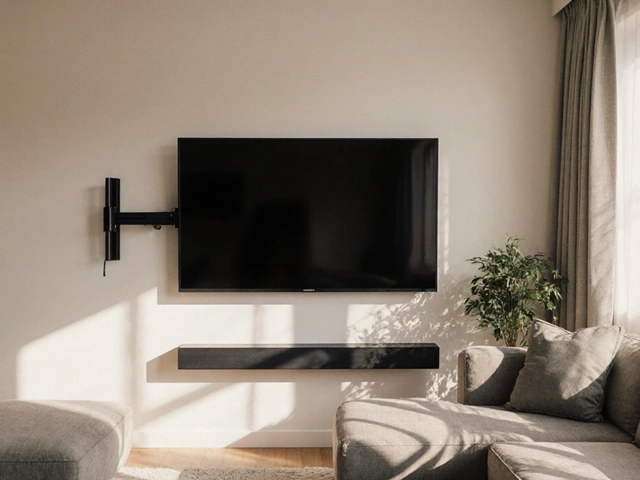Curtain Styles: Which One Fits Your Home?
Choosing curtains can feel overwhelming with so many options on the market. The good news? You don’t need to be an interior designer to pick a style that works. Below we break down the most common curtain types, what rooms they shine in, and the simple tricks that make them look custom‑made.
Popular Curtain Types and Their Vibe
Grommet (or eyelet) curtains have metal rings sewn into the top. They slide smoothly on a rod and give a clean, modern look. Perfect for living rooms or home offices where you want a sleek line.
Rod‑pocket curtains slide into a sewn‑in pocket. They create soft folds and a relaxed feel, ideal for bedrooms or casual lounges.
Tab‑top curtains feature fabric loops that hang directly on the rod. They add a playful, cottage‑core touch and work well in kitchens or kids’ rooms.
Pleated curtains (pinch‑pleat, box‑pleat, or goblet‑pleat) give a formal, tailored look. Use them in formal dining rooms or entryways where you want a bit of drama.
Sheer curtains let light filter through while adding privacy. Pair them with heavier drapes for a layered effect, great for any room that needs a soft glow.
Blackout curtains block light completely. They’re a must‑have in bedrooms, media rooms, or home gyms where you want total control over brightness.
Roman shades fold up in neat pleats when raised. They work like a statement piece in rooms with minimal window furnishings.
Café curtains cover only the lower half of a window. Perfect for kitchens or breakfast nooks where you need privacy but still want daylight.
How to Pick the Right Height and Fabric
Height matters more than you think. Hanging curtains a few inches above the window frame makes the window look taller and the ceiling higher. For floor‑length drapes, measure to about ½‑inch off the floor so they don’t drag. If you have a low ceiling, mount the rod closer to the ceiling and let the curtains fall to the floor – this creates the illusion of height.
Fabric choice ties directly to function. Light cotton or linen works for sunny spaces, while heavier velvet adds luxury and helps with sound insulation. When you’re unsure, start with a neutral shade – it pairs well with most wall colours and allows you to swap the décor later without buying new curtains.
Don’t forget the rod. A sturdy rod supports heavier fabrics and lets you use finials (the decorative ends) to add personality. If you’re going for a modern look, thin metal rods complement grommet curtains; for a classic vibe, wooden rods pair nicely with rod‑pocket or pleated styles.
Finally, think about layering. Combine sheer panels with blackout drapes for daylight control and visual interest. This two‑layer approach works in living rooms where you want a bright feel during the day and total dark when watching movies.
With these basics, you can walk into any home‑ware store and pick curtains that match your style, room function, and budget without second‑guessing. Ready to give your windows a fresh look? Grab a tape measure, decide on the vibe you want, and start shopping – your perfect curtain style is just a few clicks away.






